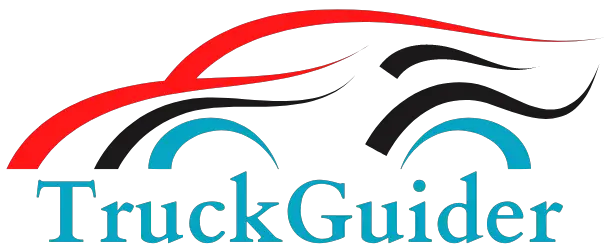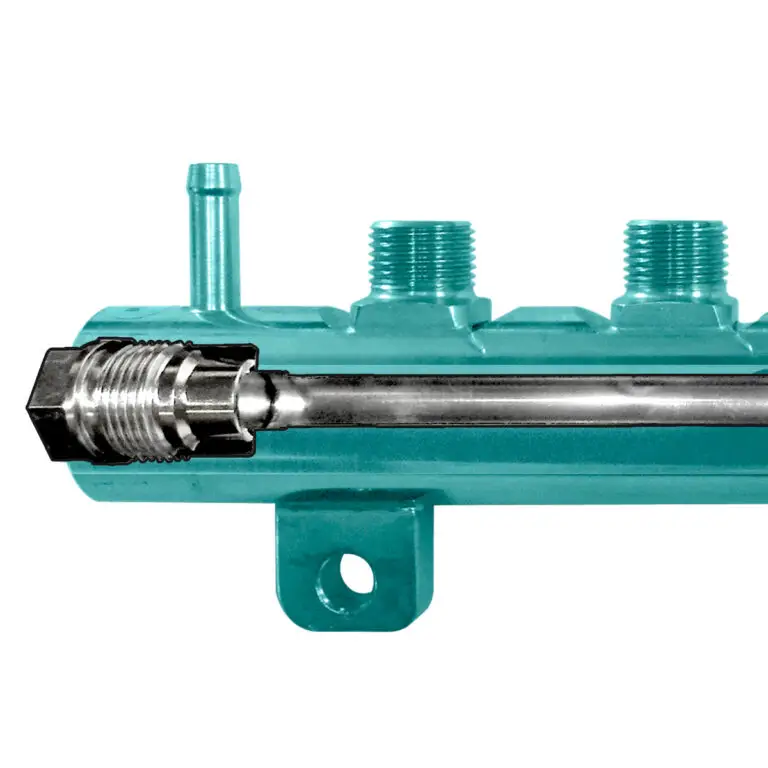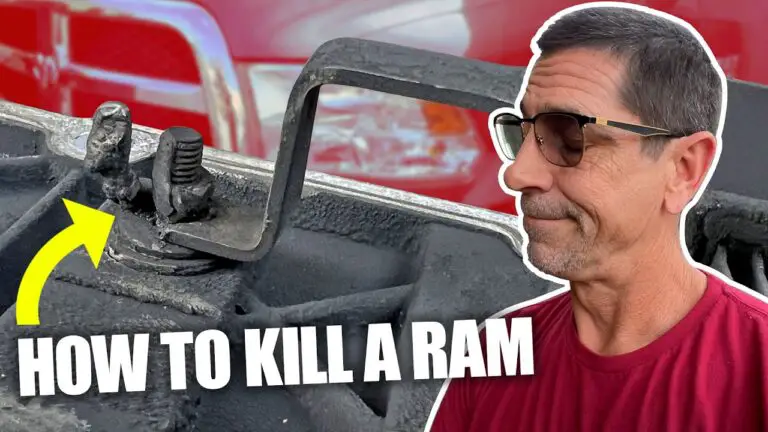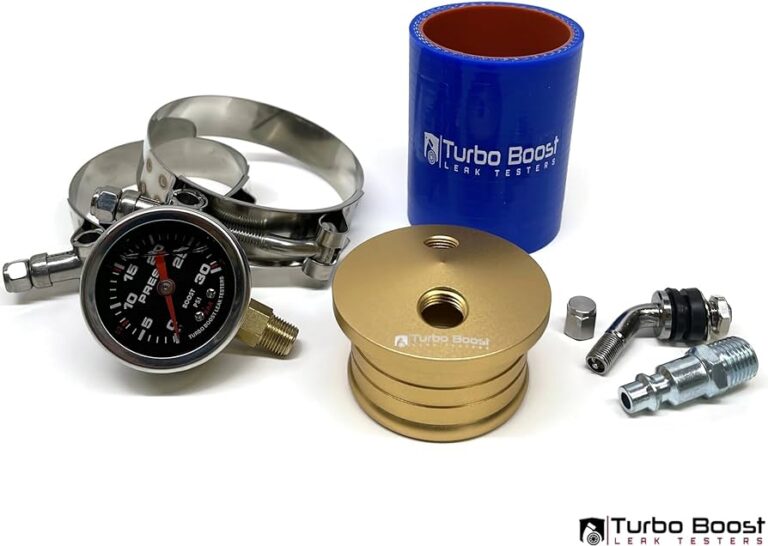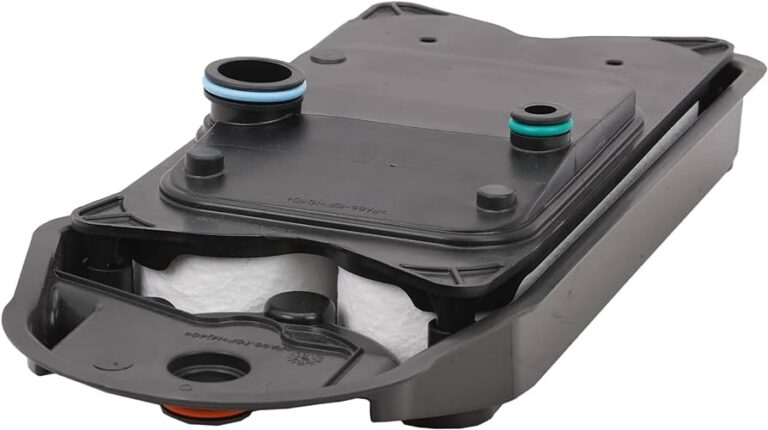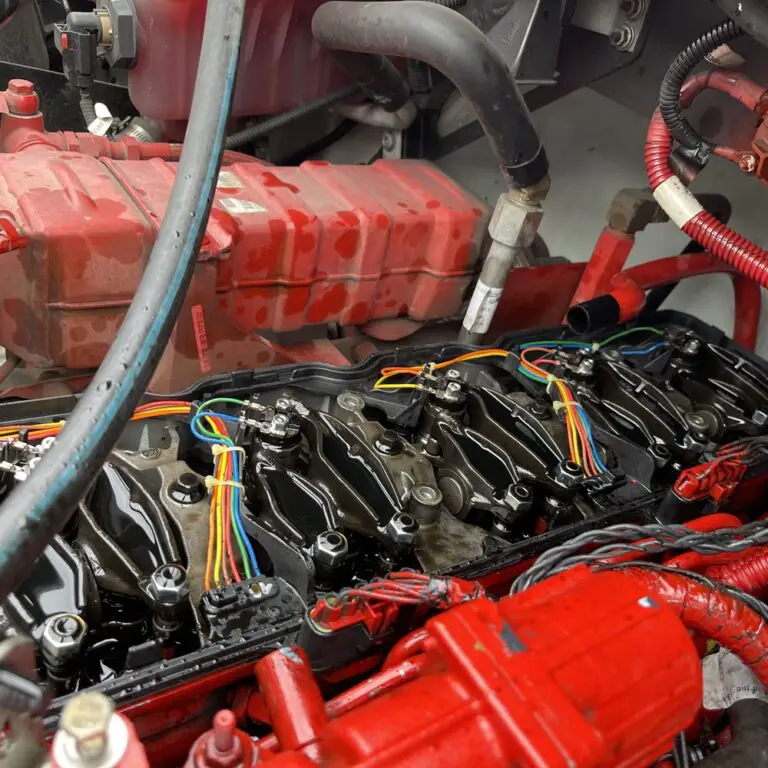Cummins ISX Oil Leak Driver Side: The Ultimate Guide to Identifying and Resolving the Issue
The oil leak on the driver side of a Cummins ISX engine is usually caused by degraded engine gaskets or oil seals, which can erode over time. It can also be due to old and dirty oil that hasn’t been changed regularly.
It’s important to have a mechanic fix the issue before a small leak becomes a bigger problem. Oil leaks in cars can come from gaskets or seals in the engine, valve covers, or the oil pan. A damaged oil pan or gasket can also cause an oil leak.
Additionally, if the oil filter is installed improperly, it can lead to a leak.
Understanding Cummins Isx Oil Leaks
Oil leaks on the driver side of the Cummins ISX engine are often caused by degraded gaskets or oil seals. This can be due to old or dirty oil that hasn’t been changed regularly. It’s important to address these leaks promptly to prevent further damage.
| Understanding Cummins ISX Oil Leaks |
| Oil leaks in Cummins ISX engines can occur for various reasons. One common cause is degraded engine gaskets or oil seals, which can erode over time. Another potential cause is old and dirty oil, often resulting from infrequent oil changes. Identifying and resolving oil leaks promptly is crucial to prevent further damage and maintain the engine’s performance. |
| Common signs of oil leaks in Cummins ISX engines: |
|
| The importance of identifying and resolving oil leaks promptly: |
| Ignoring oil leaks in Cummins ISX engines can lead to serious consequences, such as engine damage, decreased performance, and potential safety hazards. By addressing oil leaks promptly, you can prevent further issues and extend the lifespan of your engine. Regular maintenance and inspections are essential to ensure the overall health of your Cummins ISX engine. |
Identifying The Source Of The Oil Leak
When it comes to identifying the source of an oil leak in your Cummins ISX engine, one common area to examine is the front cover. This component is responsible for housing the timing gears and chain, as well as the crankshaft pulley. Over time, the front cover gasket can deteriorate and lead to oil leakage. To check for leaks in the front cover, you will need to inspect the area around the front crankshaft seal and the oil passages.
In addition to the front cover, it is also important to check the oil pan gasket for leaks. The oil pan is located at the bottom of the engine and holds the engine oil. If the gasket is damaged or worn out, it can cause oil to leak from the oil pan.
Another potential source of oil leaks is the timing cover. This cover protects the timing chain, gears, and other components in the front of the engine. If the timing cover gasket is faulty, it can result in oil leakage.
Overall, it is crucial to inspect these areas to determine the source of the oil leak and take appropriate measures to address the issue. Regular maintenance and timely gasket replacements can help prevent oil leaks and ensure the optimal performance of your Cummins ISX engine.
Resolving Cummins Isx Oil Leaks
If you’re experiencing a Cummins ISX oil leak on the driver side, it could be due to degraded engine gaskets or oil seals. It’s important to address this issue before it becomes a bigger problem.
|
Resolving Cummins ISX Oil Leaks
Oil leaks from the driver side of the Cummins ISX engine can be a common issue. There are several steps you can take to repair an oil leak from the front cover. Firstly, you need to identify the cause of the leak, which is usually degraded engine gaskets or oil seals. Dirty oil can also be a contributing factor, so it’s important to ensure regular oil changes. Additionally, techniques for fixing a leaking oil pan gasket can help resolve the issue. The oil pan acts as a storage area for oil when the engine is not using it, and a damaged oil pan or gasket can lead to leaks. If you notice oil dripping from the front of the truck, it’s crucial to have a mechanic address the problem before it worsens. Lastly, oil leaks from the timing cover can also occur, and proper solutions need to be implemented to prevent further leakage. |

Credit: issuu.com
Frequently Asked Questions Of Cummins Isx Oil Leak Driver Side
Why Is The Oil Leaking From The Left Side Of My Engine?
If the oil is leaking from the left side of your engine, it is likely due to degraded engine gaskets or oil seals. This can happen over time, especially if you haven’t had your oil changed regularly. It’s important to have a mechanic fix the issue to prevent a small leak from becoming bigger.
Where Can The Oil Be Dripping From The Front Of My Truck Mean?
Oil leaks from the front of a truck can mean that the engine gaskets or oil seals are degraded. It could also be due to old and dirty oil that hasn’t been changed recently. Gaskets or seals in the engine, valve covers, or oil pan can be the source of the leak.
It’s important to have a mechanic fix the issue before the small leak becomes a bigger problem.
Why Is There Oil On The Side Of My Engine?
Oil leaks on the side of your engine are usually caused by degraded gaskets or oil seals. This can happen over time or if you have old, dirty oil. It’s important to have this issue fixed by a mechanic before it becomes a bigger problem.
Why Is My Oil Filter Leaking On The Side?
The oil filter may be leaking on the side due to a loose installation or a damaged gasket. It can also occur if the gasket from the old filter sticks to the housing during an oil change. Ensure proper installation and check for any damage to prevent leakage.
Conclusion
To diagnose and address the oil leak on the driver side of your Cummins ISX engine, it’s important to understand the potential causes. Commonly, an oil leak can occur due to degraded engine gaskets or oil seals, or from a damaged oil pan or gasket.
It’s crucial to address this issue promptly to prevent further damage and bigger leaks. Get your truck inspected by a qualified mechanic and have them fix the issue before it worsens. Remember, regular oil changes can help prevent and alleviate oil leaks in the future.
Stay proactive in maintaining your engine’s health.
